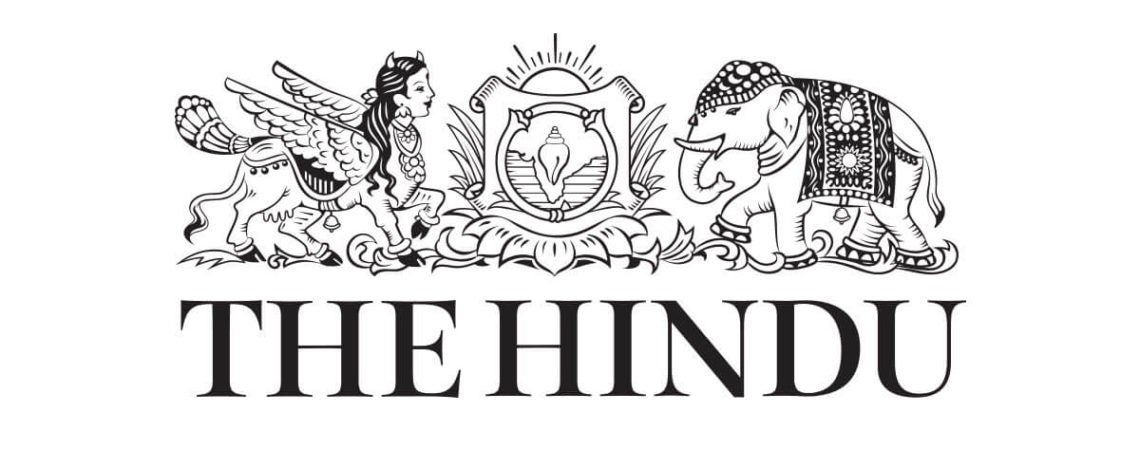Finding it tough to ship pulses to India in the aftermath of restrictions imposed by the government, global exporters have called for consistency and transparency in the country’s trade policy. India is the largest producer and consumer of pulses.
Pulses exporters have been facing challenges in India lately, said David Marit, Minister for Agriculture, Government of Saskatchewan, the largest pulses producing region in Canada. Speaking at the 5th edition of the Pulses Conclave, Marit said there was a need for ‘consistency and transparency’ in market access.
Pulses Conclave 2020 has been organised by the Indian Pulses and Grains Association (IPGA), the apex trade body for the sector.
The Centre had imposed quantitative curbs on import of pulses in 2017 by imposing higher duties in the context of growing domestic production and to protect domestic growers from cheaper imports. Production of pulses in the country has seen a sharp increase from around 16.32 million tonnes in 2015-16 to around 23.40 million tonnes in 2018-19 after the government incentivised production through a higher minimum support price and increased procurement. During the same period, imports have come down from 5.57 million tonnes to around 2.5 million tonnes.
Following the import restrictions, the shipment of pulses from Saskatchewan to India, mainly yellow peas, has seen a sharp fall. From a peak of around Canadian $1.5 billion in 2015, pulses exports from Saskatchewan to India dropped to around Canadian $329 million in 2019.
Marit said the import restrictions in India had forced Saskatchewan to focus more on processing and that exporters were looking at other markets in countries such as China, Bangladesh, West Asia, Europe and the US, where the demand for plant-based protein was on the rise. The food industry in the West was looking at wheat alternatives and there are huge investments taking place in protein extraction facilities from pulses, he said.
Read the full article here

